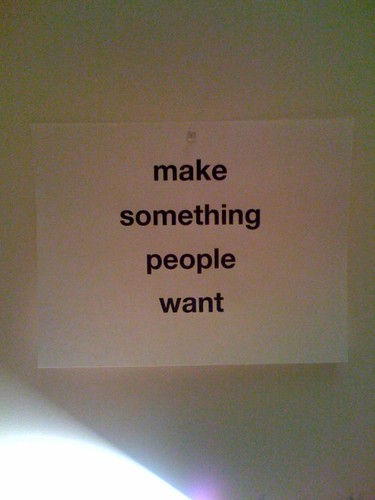It’s harder than ever to know when ‘brand exposure’ will turn into ‘brand disaster’

I’ve done it plenty of times: You organize a branded event in a bar or other venue, with lots of expensive signage. By 2am, you’ve finally cleared everyone out, you’re cleaning up and you’re exhausted, so you think “Oh heck, I’ll just leave that signage up there. Maybe they won’t bother to take it down and I’ll get a few extra days of exposure out of it. My client will like that, and anyway I’m too tired to get up on a ladder and get it all down now.”
Except that the next night’s event is a dog-fighting exhibition, which almost everyone thinks is terrible. And now the brand is attached to something awful, and thanks to the internet it goes viral in about 5 minutes. What’s worse, it won’t go away: The Heineken dog fighting photo [above] first circulated in April 2012 and Heineken dealt with it pretty promptly, but it showed up again in my Facebook feed just this week.
The lesson? These days, marketers have to be able to predict the future more accurately than ever – what’s more, they have to be able to see all possible future scenarios in order to avert disaster.
Marketers have always had to be prescient: After all, most of the time what you’re really saying to a client is “If we spend $X on Y initiative, we can expect Z results.” It’s the hardest – but maybe most exciting – part of the job, because you really have no idea whether spending $500k to put your product in a will.i.am video is, in fact, going to deliver an incremental increase in sales (and in fact you may not even have the ability to draw a straight line from that $500k investment to any incremental sales at all).
But these days you not only have to be a ‘visionary creative’ (ugh), you also have to be a brilliant strategic-thinking tactician, like [insert name of famously successful military thinker here], capable of seeing both the potential wins of a campaign or initiative, as well as all the ways in which that campaign could turn into a giant disaster.
What does this mean for marketers? Well, I wish I could say it means that marketers will get smarter and the rest of the world would stop thinking we’re pretty much idiots who try to sell people stuff they don’t need. However, I think it’s more likely that the real consequence is that big brands will become even more squeamish about taking risks, and successful marketing types won’t be the ones with great ideas, but the ones who are best at convincing their clients they’ve ‘driven results’ without causing any controversy.








